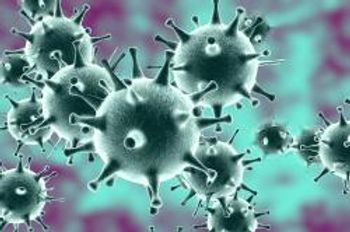
Investigators retrospectively observed 2 communities of essential workers in Toronto, Canada.

Investigators retrospectively observed 2 communities of essential workers in Toronto, Canada.

Unpublished data from the company's ongoing pediatric trial show children aged 6 to <12 years old have an antibody response greater than that of young adults.


Unapproved stem cell treatments derived from umbilical cord blood can pose potential risks to patients without proven benefits, a CDC study shows.
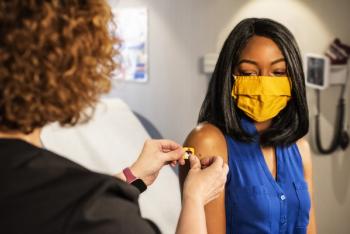
The median vaccination rate of white American adults was found to be 1.3 times higher than Black and Hispanic adults.

A study presented advocated for combining taniborbactam and cefepime to treat P aeruginosa isolates that develop ESAC phenotypes.

Data presented to the Vaccines and Related Biological Products Advisory Committee (VRBPAC) showed 2 10 µg doses of the Pfizer-BioNTech vaccine to be 90.7% effective in children older than 5 and younger than 12.
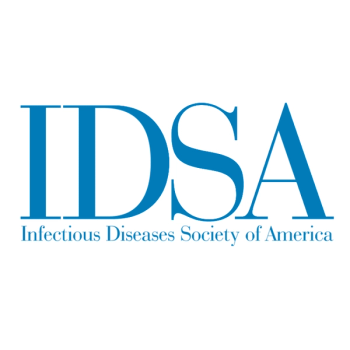
The federal agency and infectious disease organization have teamed up to offer a wealth of resources for health care professionals on the frontlines of treating the virus.


The FDA and CDC have authorized and recommended 3 different booster doses, to be used in "mix-and-match" strategy among eligible adults. What does this mean for immunity?
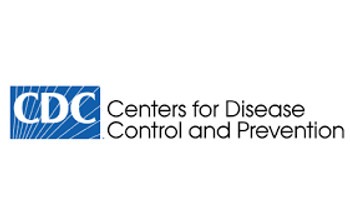
The Centers for Disease Control and Prevention (CDC) Director Rochelle Walensky's, MD, endorsement Thursday evening came after 2 days of deliberation from the CDC’s Advisory Committee on Immunization Practices (ACIP) where the group recommended the Moderna and Janssen COVID-19 vaccine “booster” doses.

This novel, rapid diagnostic assay uses polymerase chain reaction and magnetic resonance to identify the 5 most common Candida species.

The CDC’s Advisory Committee on Immunization Practices (ACIP) updated their pneumococcal vaccination recommendations, adding Merck’s sequential vaccine regimen.

The National Foundation for Infectious Diseases (NFID) recently sponsored a media briefing addressing the risks of contracting influenza and pneumococcal disease in the midst of a still-flourishing COVID-19 pandemic.

The actions taken by the FDA set differing availability of the 3 emergency-authorized vaccines.
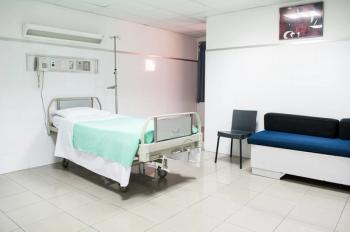
Higher use of 7 major antibiotics in hospitals is corelated with higher rates of Clostridioides difficile infection.
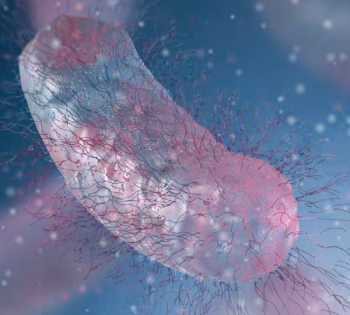
Here is a review the mechanisms that lead to resistance, including risk factors.

The CDC found 2 doses of Pfizer-BioNTech reduced COVID-19 severe outcomes and hospitalization by 93% in adolescents 12-18 years old.

The White House said it has secured enough of the Pfizer-BioNTech vaccine supply to offer vaccinations for everyone in this age group.

The company announced the Emergency Use Authorization (EUA) for use with its Spectrum Solutions SpectrumDNA SDNA-1000 collection device on the Amplitude Solution.
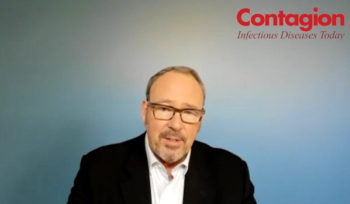
The company’s current investigational medical device, Sigyn Therapy, is a novel medical device that is being studied for addressing viral pathogens and bacterial toxins to avoid this massive inflammation onslaught and the potential of sepsis.

In a phase 3 trial, sulbactam-durlobactam (SUL-DUR) was found to more favorably treat carbapenem-resistant Acinetobacter baumannii (CRAB) than colistin.
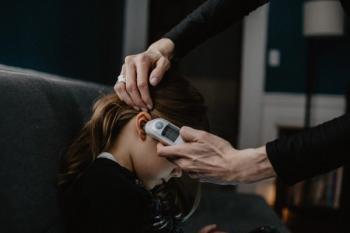
Infants, children, and adolescents can carry and spread COVID-19 at the same rate as adults.

The increasing presence of multiple non-AIDS comorbidities in women and others living with HIV challenges clinicians to steer away from the approach of optimizing individual chronic conditions but to think more holistically.

The decision comes after supporting data from a "mix and match" trial last week, and may align with emergency authorizations for the Moderna and Janssen booster doses.

Merck recently announced results looking at their islatravir implant studied for HIV prevention for 3 months. The long-term goal is to have the implant last 12 months following administration.

Children living with HIV have a new once-daily treatment option to maintain virologic suppression.

One of the infrequently discussed health outcomes that can be impacted by a pandemic is fertility. Using a cross-sectional study, a research team reported incremental increases in infertility during this period.

Lack of data may mean bloodstream infections caused by PVCs are an overlooked cause of morbidity in hospitalized patients.

Comparing 2020 to 2019, investigators saw a reduction in the number of HIV tests, the number of in-person consultations, and new enrollments in care, due to the disruption in HIV care throughout the COVID-19 pandemic.